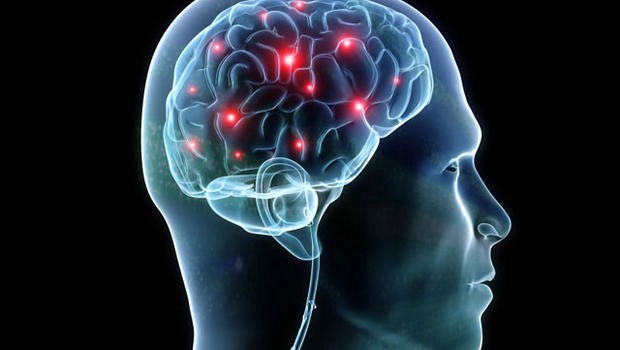“Because of the power of neuroplasticity, you can, in fact, reframe your world and rewire your brain so that you are more objective. You have the power to see things as they are so that you can respond thoughtfully, deliberately, and effectively to everything you experience.”
— Elizabeth Thornton
You try. You fail. You try. You slip. You try. You flail and fall. You try. You cry.
You get the picture. Change ain’t easy. At least that’s what Sisyphus told me.

Another wise guy said, “There is no try. There is only do.”
You might think that means, “If I’m not 100% certain I can DO it, I may as well not even try.”
But the truth, in the context of changing thoughts and behaviors, trying and doing are almost the same thing.
Doing is found in the effort of “trying to do.”
v.
“I’m trying to lose weight.”
v.
“I’m trying to pay off my college debt.”
v.
“I’m trying to control my anger.”
Language is just one part of training your brain for change.
An equally critical step is to let go of your ego. Ego wants to fixate on success. Ego has a hard time accepting failure without making it deeply personal. If you want to change behavior — and clear a smoother pathway to success — you must first deal with your ego by training it to understand that failure is an essential component in the process of change.
Samuel Beckett wrote: “Try again. Fail again. Fail better.”
I love this idea of failing “better” on the path to success.
Let’s say that in moments of stress you tend to pop open a can of Pringles and devour all the chips in one sitting. You view this as a “failure,” and you yearn for the success of not eating chips in response to stress. (Your “fail” could be anything: too much wine, smoking, zoning out on TV, snapping at loved ones, taking things personally, avoiding exercising, thinking negatively, etc.)
Here’s what you have to understand: Every time you don’t eat the entire can, eat only half, eat just a few, don’t eat any at all, ask yourself to wait 60 minutes before giving in to what you perceive as a craving, or even every single time you simply wish, afterward, that you had not eaten the whole can — in every one of those instances you aren’t just trying to be someone who doesn’t eat a complete canister of chips — you are that person in that moment.
With each instance of considering or acting on an alternative action or belief, you successfully start to divert your thought train down a different track, even if you don’t go down this new and different track at the moment.

Just the act of considering that an alternative exists causes the synapses in your brain to fire just a little bit differently and send them into unchartered territory and lays groundwork for the possibility of a new thought track — a thought that doesn’t lead to eating an entire can.
Do this enough times and eventually your brain will automatically begin to divert itself on its own, to the newer, better track. The old track that took you down the path of chowing through a complete can of Pringles will shrivel from disuse, making it even more unlikely that you’ll ever desire to travel that path again.
Every instance of training the brain — looking inward first, then considering options, then selecting the option that feels most true for your soul — as opposed to your ego — feeds change and eventual success. And that happens whether you “fail” or “succeed” in any given instance. It’s the intention that matters and the thought you give to the idea of the possibility of change.
Every instance of being more conscious of what you’re doing — whether you’re actually immediately successful or not — creates new neural pathways in the brain. I believe it also creates spiritual pathways in the soul — making it easier and easier for you to quiet the ego and shine through as the person you truly are.


